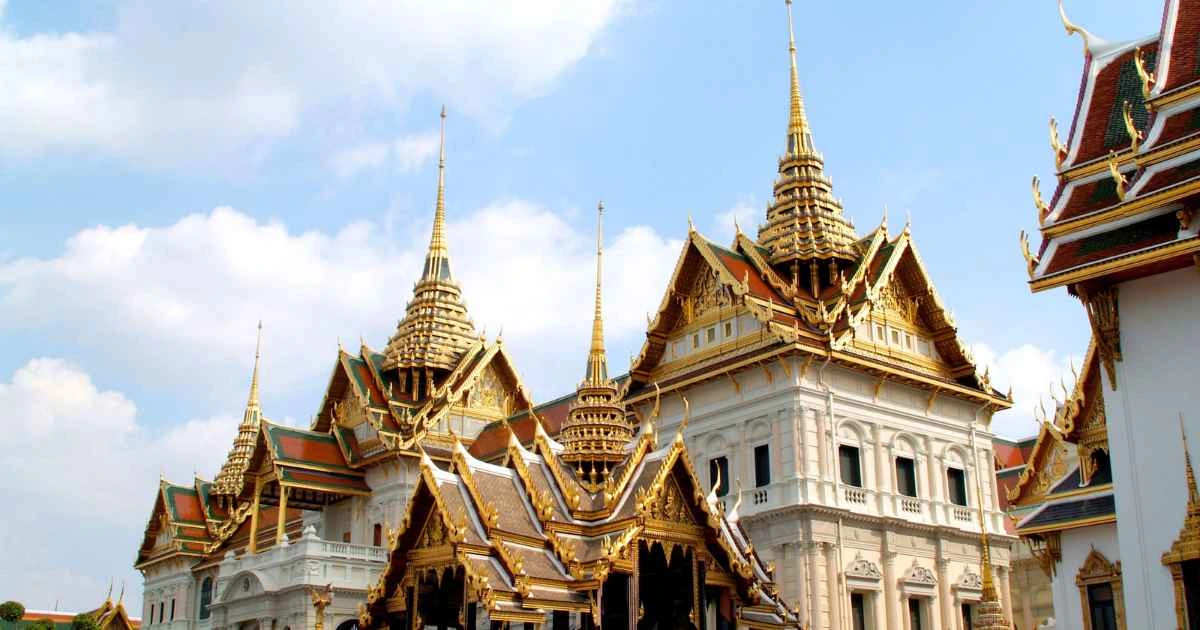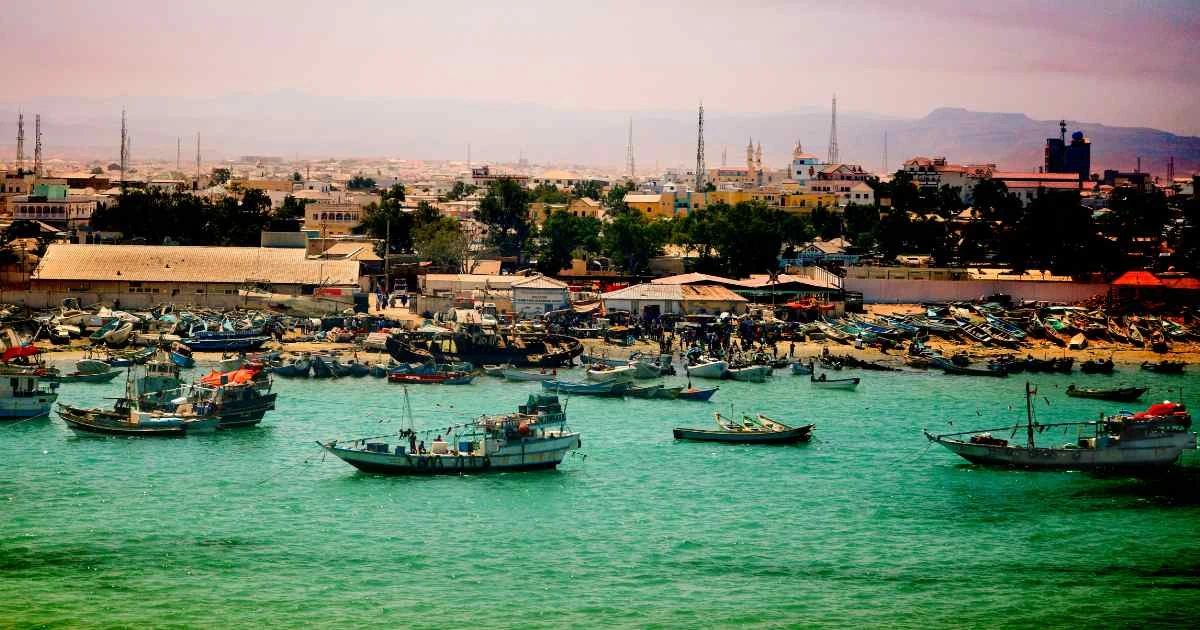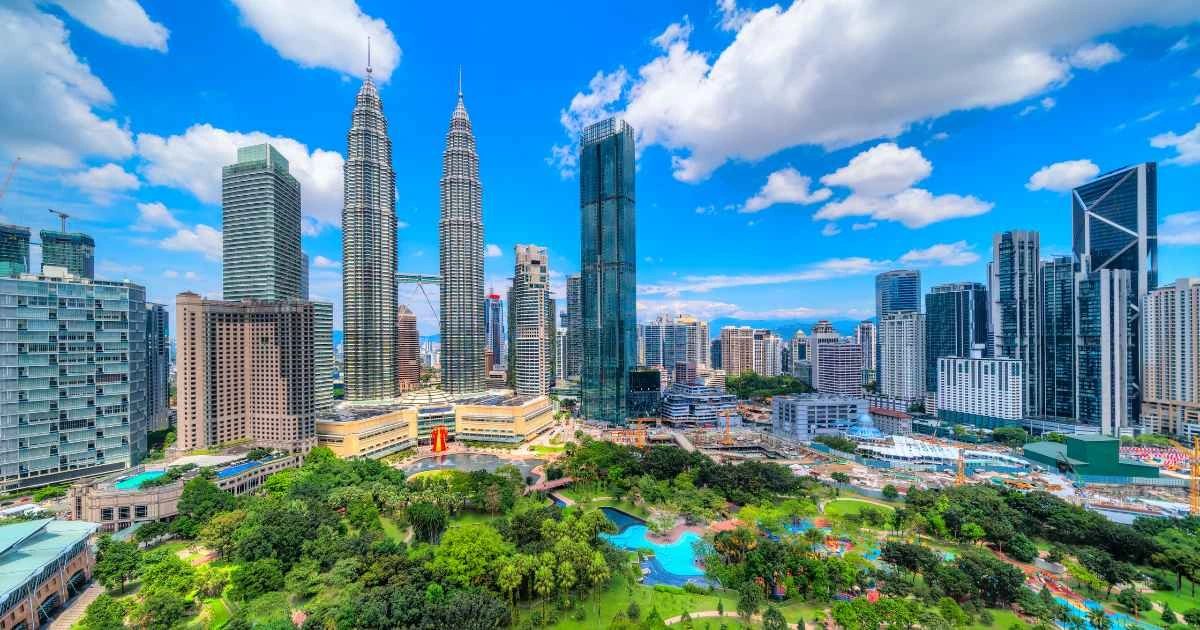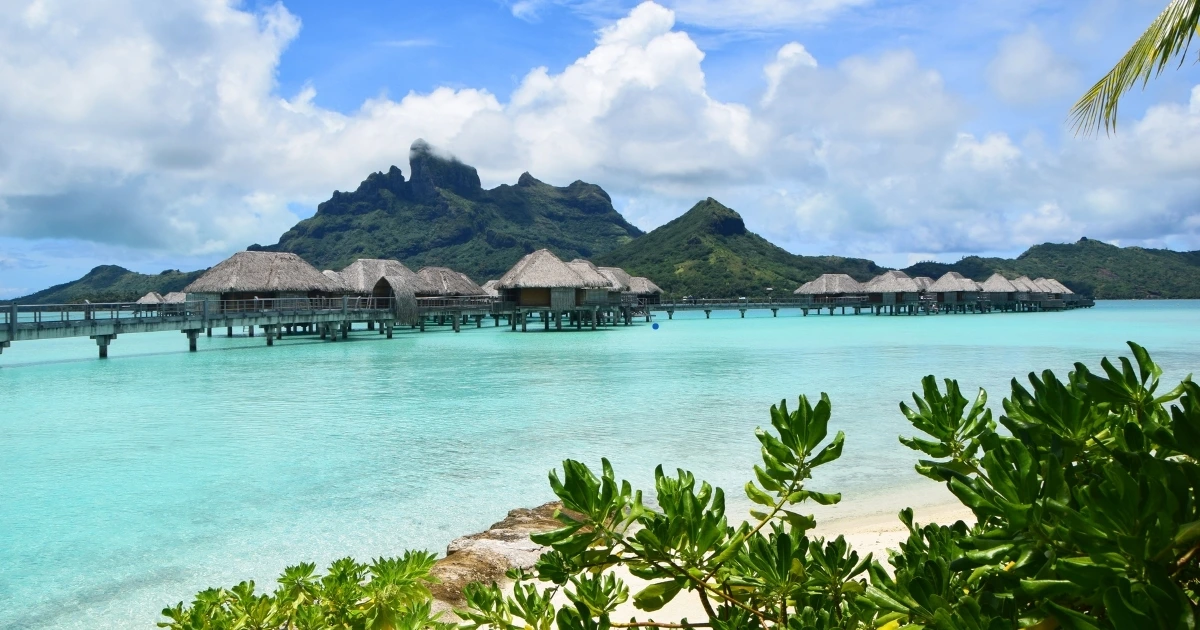The Best Time to Visit Thailand for a Blissful Escape
Thailand is a dream destination for many, but knowing the Best Time to Visit Thailand can turn a good trip into an unforgettable one. From sun drenched islands to lively festivals and jungle adventures, each season offers something unique. Whether you crave perfect beach weather, cultural events, or quiet escapes, timing your visit right makes all the difference.
Table of Contents
Key Takeaways
- The overall best time to visit Thailand is during the cool and dry season from November to February
- Each season offers unique experiences: cool dry season (ideal weather but crowded), hot season (intense heat but water festivals), and rainy season (lush landscapes, fewer tourists, and lower prices)
- Northern Thailand and southern Thailand experience different weather patterns, with the Andaman coast and Gulf coast having opposite rainy seasons
- April to May and September to October offer good value with moderate crowds
- Budget travelers should consider visiting during the rainy season (June to October) when prices drop significantly
- The best time for outdoor activities is during the cool season, while cultural enthusiasts might prefer timing their visit with specific festivals
Breakdown of Seasons in Thailand
Cool Dry Season (November to February)
Thailand’s cool dry season is widely considered the best time to visit Thailand for most travelers. During these months, the weather is at its most pleasant with lower humidity, minimal rainfall, and comfortable temperatures that typically range from 65°F to 85°F (18°C to 29°C). The skies are generally clear and blue, making it perfect for sightseeing and photography.
This period coincides with the peak tourist season as visitors from colder northern hemisphere countries escape their winter. Popular destinations like Bangkok, Chiang Mai, Phuket, and the islands in the Gulf of Thailand experience their highest visitor numbers. This means that while the weather conditions are ideal, you’ll need to contend with larger crowds at major attractions and higher prices for accommodations and flights.
The cool dry season hosts several significant celebrations. Most notably, you can experience Loy Krathong (the Festival of Lights) in November, where thousands of candlelit offerings are set afloat on rivers throughout the country. December features the King’s Birthday celebrations and Christmas events in tourist areas, while Chinese New Year (typically in January or February) brings colorful celebrations, especially in Bangkok’s Chinatown.
Pros:
- Most comfortable temperatures and lowest humidity
- Clear skies and minimal rainfall perfect for outdoor activities
- Ideal conditions for beach vacations and water sports
- Many cultural festivals and events
Cons:
- Highest tourist numbers, particularly in December and January
- Premium pricing for flights and accommodations
- Need for advance bookings, especially for popular hotels and tours
- Busier attractions with potential for longer wait times
Hot Season (March to May)
As the cool season transitions to the hot season, temperatures begin to climb considerably across Thailand. From March through May, daytime temperatures frequently exceed 95°F (35°C), sometimes reaching as high as 105°F (40°C), particularly in central and northeastern regions. Humidity levels also increase, making physical activities more demanding.
Despite the heat, this period offers several advantages for travelers. Tourist numbers begin to decrease after February, resulting in more availability and slightly lower prices compared to the peak season. The beaches remain sunny and perfect for swimming, though midday hours might be too hot for comfort.
April marks one of Thailand’s most famous celebrations: Songkran, the Thai New Year water festival. This nationwide water fight offers a refreshing respite from the heat and represents one of Thailand’s most joyous and participatory cultural experiences. The hot season also sees the Royal Plowing Ceremony in May, which marks the traditional beginning of the rice-growing season.
Pros:
- Fewer tourists than during peak season
- Slightly reduced prices for accommodations
- Perfect beach weather with warm seas
- Opportunity to experience the lively Songkran festival
Cons:
- Extreme heat can make sightseeing uncomfortable
- Air quality issues, particularly in northern regions due to agricultural burning
- High humidity levels in most areas
- Need for careful hydration and sun protection
Rainy Season (June to October)
The southwest monsoon brings the rainy season to most of Thailand from approximately June through October. It’s important to note that rain patterns vary by region, and the monsoon affects different parts of the country at different times. While the Andaman coast (Phuket, Krabi) receives heavy rainfall during this period, the eastern Gulf islands (Koh Samui, Koh Phangan) experience their driest months from June to August.
Contrary to what many potential visitors imagine, the rainy season doesn’t mean constant downpours. Typically, mornings are clear, and short but intense rainfall occurs in the afternoon or evening. Between these showers, you may experience plenty of sunshine. The landscape transforms during this season, with rice fields turning a vibrant green and waterfalls reaching their most impressive flow.
This period represents the low tourist season for most of Thailand, making it potentially the best time to visit Thailand for budget-conscious travelers. Prices for accommodations can drop by 30-50% compared to peak season rates, and popular attractions are significantly less crowded. The cooler temperatures (compared to the hot season) make it comfortable when it’s not raining.
Cultural highlights during the rainy season include Buddhist Lent (usually in July), marked by candlelight processions, and the Queen’s Birthday celebrations in August. September and October generally see the heaviest rainfall in most regions.
Pros:
- Lowest prices for accommodations and flights
- Fewer tourists and more authentic experiences
- Lush, green landscapes and impressive waterfalls
- Cooler temperatures than the hot season
Cons:
- Unpredictable rainfall may affect outdoor plans
- Some island destinations close certain attractions
- Rougher seas can impact boat transfers and water activities
- Higher humidity levels
- Potential for localized flooding in some areas
Best Time Based on Travel Style or Goals
Best Time for Budget Travelers
If stretching your travel budget is a priority, the rainy season (June to October) is unquestionably the best time to visit Thailand. During these months, accommodations across all categories offer their lowest rates, sometimes at half the price of peak season. Airlines frequently run promotions for flights to Thailand during this period, and tour operators offer discounts to attract visitors. Even upscale resorts and boutique hotels that might be unaffordable during peak season become accessible options for budget travelers.
Beyond accommodations, you’ll find that restaurants and attractions are less crowded, often resulting in better service and sometimes special promotions. September and October typically offer the most dramatic discounts but also coincide with the heaviest rainfall in most regions.
Best Time for Families
Families planning a trip to Thailand might find the early cool season (November and early December) or the late cool season (February) to be the optimal times to visit. These periods avoid both the highest peak season crowds of late December and January and offer reliably good weather without the extreme heat that can be challenging for children.
The moderate temperatures make it comfortable for various activities, from exploring ancient temples to enjoying beach days. Additionally, these shoulder periods offer a balance between good weather and somewhat more reasonable prices than the absolute peak weeks.
April can also be an excellent time for families as Songkran provides a uniquely fun experience that children typically love, though the heat requires careful planning of activities and plenty of breaks.
Best Time for Outdoor Adventures
For travelers focusing on hiking, wildlife viewing, and outdoor exploration, the best time to visit Thailand is during the cool dry season from November through February. The northern regions around Chiang Mai and Chiang Rai offer comfortable temperatures for trekking through hill tribe villages and exploring national parks.
December and January provide the clearest conditions for climbing at destinations like Railay Beach in Krabi. For diving and snorkeling, conditions vary by location: the Andaman Sea (Phuket, Khao Lak, Similan Islands) offers excellent visibility from November to April, while Gulf islands like Koh Tao have their best underwater conditions from June to September.
Adventure seekers willing to deal with some rain might also consider late October and early November when waterfalls are at their most impressive after the rainy season, and jungle environments are lush and vibrant.
Best Time for Cultural Festivals and Events
Thailand’s festival calendar offers compelling reasons to time your visit with specific cultural celebrations. November typically features the enchanting Loy Krathong and Yi Peng festivals, when thousands of lanterns are released into the sky in northern Thailand while candlelit offerings float down rivers nationwide.
April’s Songkran celebration represents Thailand’s most exuberant nationwide festival, combining spiritual traditions with joyful water fights across the country. For those interested in Thailand’s royal traditions, the Royal Plowing Ceremony in May marks an important agricultural ritual that dates back centuries.
Other notable cultural events include the Phi Ta Khon (Ghost Festival) in northeastern Thailand (usually June or July), the Vegetarian Festival in Phuket (typically October), and Chinese New Year celebrations (January or February) which are particularly vibrant in Bangkok’s Chinatown.
Conclusion
Determining the best time to visit Thailand ultimately depends on your priorities, budget, and the experiences you seek. The cool dry season from November to February offers the most reliable weather conditions but comes with higher prices and larger crowds. The hot season brings intense heat but also the nationwide Songkran celebrations, while the rainy season rewards travelers with lush landscapes, fewer tourists, and significant savings.
Consider that Thailand’s regional climate variations mean you can often find good weather somewhere in the country regardless of when you visit. The Gulf islands remain relatively dry when the Andaman coast experiences monsoon rains, and northern Thailand has its own distinct seasonal patterns.
Whatever time you choose to visit Thailand, each season offers unique perspectives on this diverse and welcoming country. By aligning your travel dates with your specific interests—whether that’s perfect beach weather, cultural festivals, outdoor adventures, or maximum value—you’ll discover why Thailand continues to captivate travelers year after year. With proper planning based on the seasonal variations outlined above, you can ensure that your chosen time becomes your personal best time to visit Thailand.
FAQ
When is the cheapest time to visit Thailand?
The rainy season, particularly September and October, offers the lowest prices for accommodations and flights, with discounts often reaching 30-50% compared to peak season rates.
Is Thailand worth visiting during the rainy season?
Yes, the rain typically comes in short afternoon bursts rather than all-day downpours, leaving plenty of time for activities. You’ll enjoy fewer crowds, lush landscapes, and significantly lower prices.
When should I avoid visiting Thailand?
April is extremely hot across most of Thailand, while September-October sees the heaviest rainfall. Northern Thailand experiences poor air quality from February to April due to agricultural burning.
What’s the best time to visit Thailand’s beaches?
For Andaman coast beaches (Phuket, Krabi), visit November to April. For Gulf coast beaches (Koh Samui, Koh Phangan), the best conditions are from late December to August.
When is the best time to visit Thailand for specific festivals?
Visit in November for Loy Krathong (lantern festival), mid-April for Songkran (water festival), May for the Royal Plowing Ceremony, and January/February for Chinese New Year celebrations.







